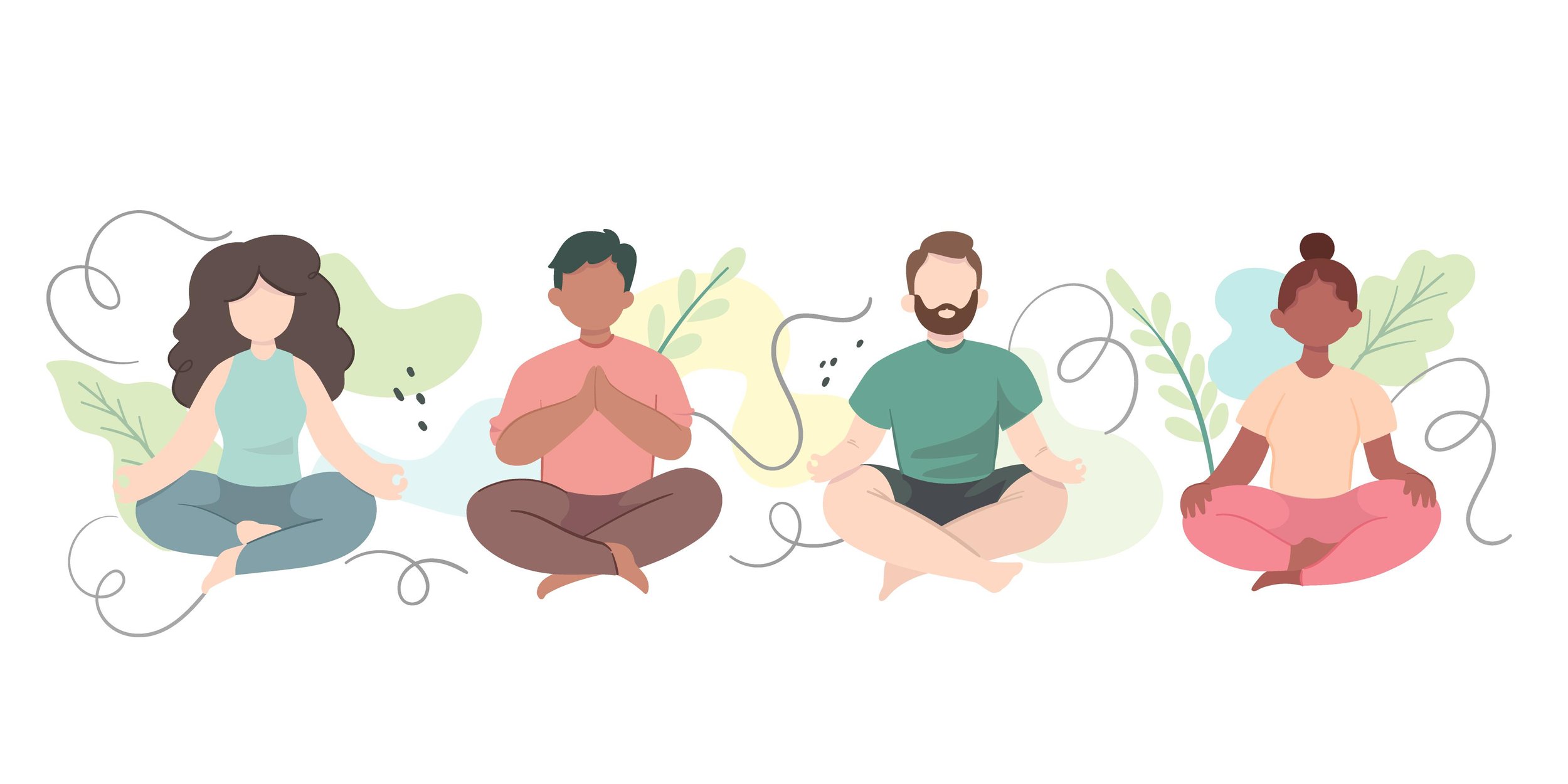Guiding Yourself: Progressive Muscle Relaxation
/By Jessy Weston, AMFT
In the midst of life's hustle and bustle, finding moments of calm can feel like an elusive quest. I often find myself sitting with clients who are struggling to navigate stress and anxiety in their lives and are unsure of how to slow down. In those moments, I find it can be helpful to practice a mindfulness exercise together. One of my favorite mindfulness techniques is progressive muscle relaxation.
Progressive muscle relaxation (PMR) is a relaxation technique based on the concept that physical tension and mental stress are closely connected. Developed by American physician Edmund Jacobson in the early 20th century, PMR aims to reduce both physical and mental stress by systematically tensing and then relaxing different muscle groups in the body.
The theory behind PMR is rooted in the idea that when we consciously tense and then release muscle groups, we become more aware of the physical sensations associated with tension and relaxation. This heightened awareness allows us to recognize and differentiate between states of tension and relaxation more effectively. By repeatedly practicing PMR, we can learn to identify when we are holding tension in our bodies, even in day-to-day situations. Over time, PMR can lead to reduced muscle tension, decreased anxiety, improved sleep, and an overall sense of calm and well-being.
Step 1: Find a Quiet Space
Choose a peaceful environment where you won't be disturbed. Sit or lie down in a comfortable position, and close your eyes if you feel comfortable doing so.
Step 2: Focus on Your Breath
Take a few slow, deep breaths to ground yourself. Inhale through your nose, feeling your lungs and belly expand, and then exhale slowly through your mouth, releasing any tension.
Step 3: Tense and Release
Begin with your toes. As you inhale, curl your toes tightly, feeling the tension in your foot. Hold for a few seconds, then exhale as you release the tension. Notice the difference between tension and relaxation.
Step 4: Move Up the Body
Continue this process, moving progressively up your body. Focus on each muscle group for 5-10 seconds before releasing:
Calves and shins
Thighs
Abdomen
Chest and back
Shoulders
Arms and hands
Neck and throat
Face (forehead, eyes, cheeks, jaw)
Step 5: Embrace Sensations
As you work through each muscle group, pay attention to the sensations. Notice how tension feels different from relaxation. Notice the soothing sensation of letting go.
Step 6: Slowly Return
When you're ready, gently bring your awareness back to the present moment. Wiggle your fingers and toes, stretch your body, and open your eyes if they were closed.


